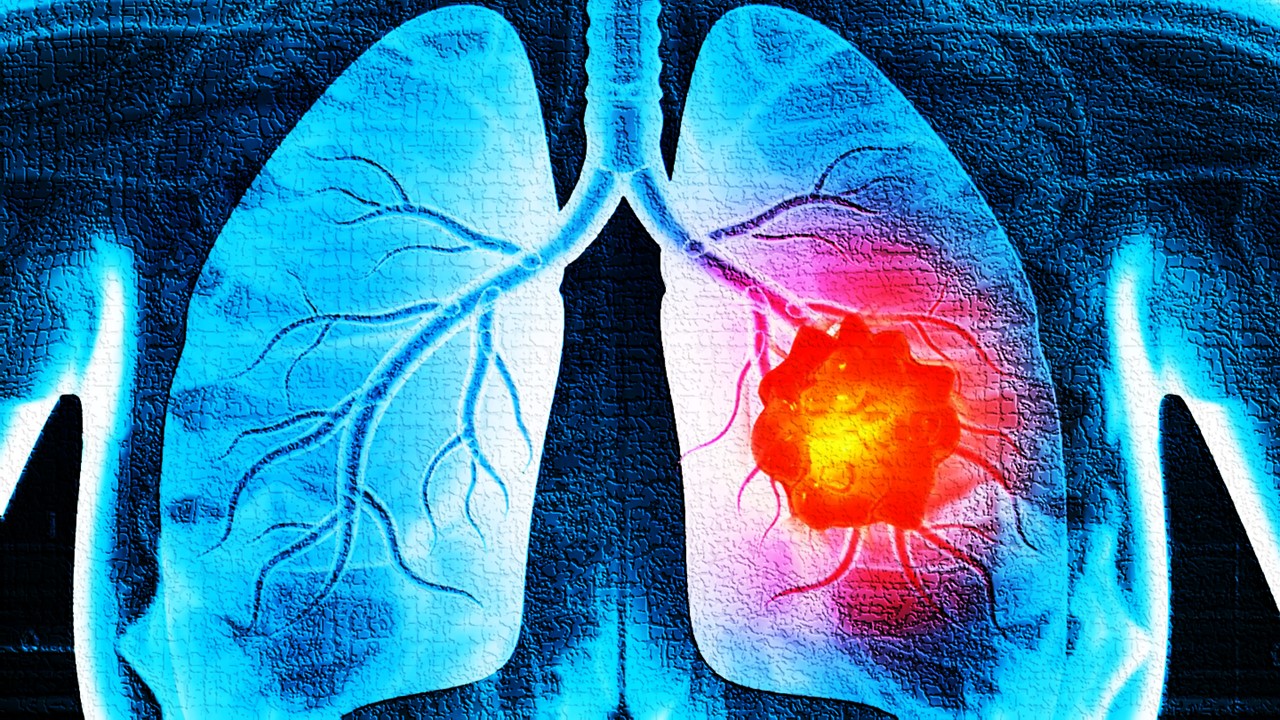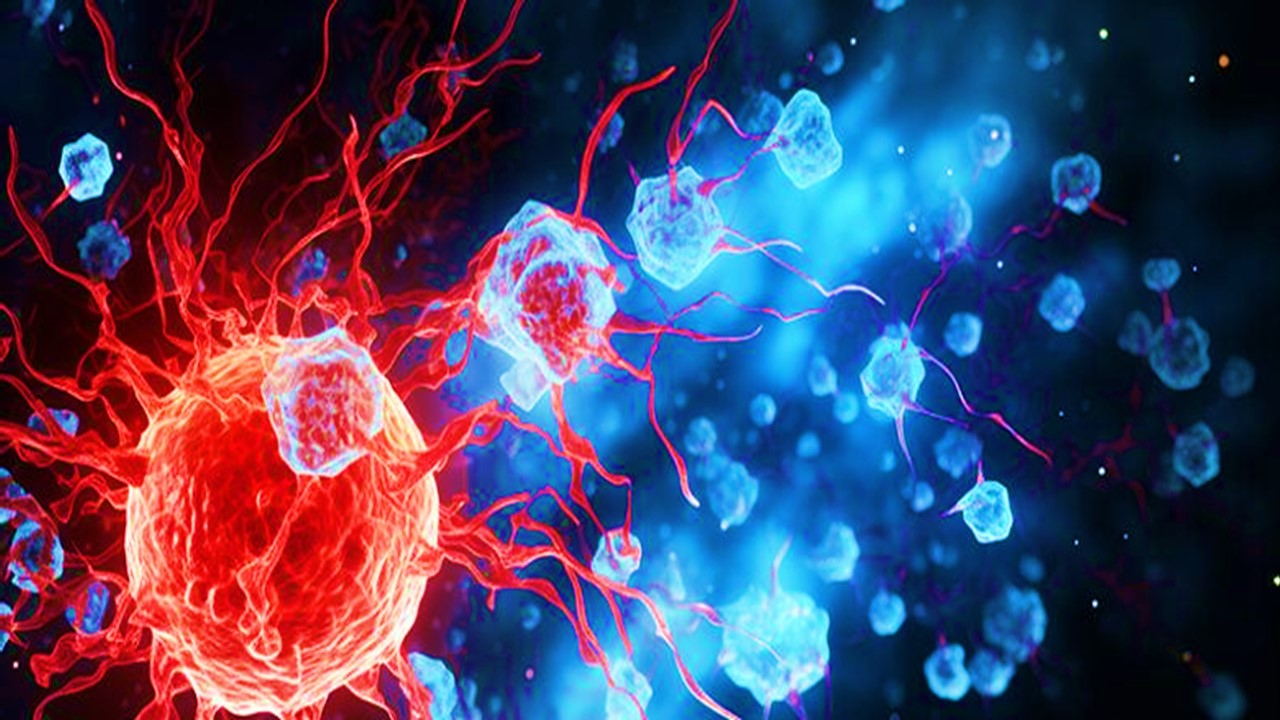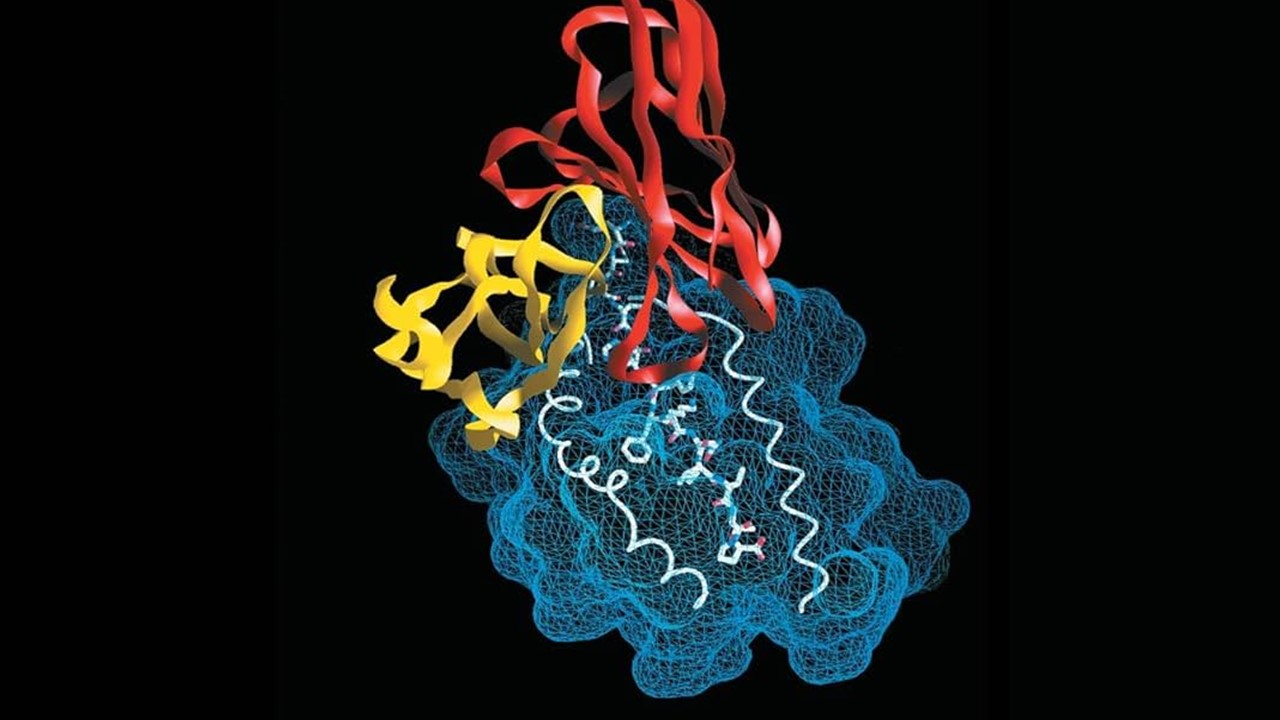Pancreatic ductal adenocarcinoma (PDAC) stands as the predominant and most malignant form of pancreatic cancer, accounting for 80% of all cases. This formidable adversary is known for its aggressive nature, invasive behavior, and formidable resistance to chemotherapy. According to recent global cancer statistics, nearly half a million new cases of pancreatic cancer were diagnosed worldwide in 2020. With the incidence expected to rise due to increasing risk factors such as smoking, alcohol consumption, and obesity, PDAC is projected to become the second leading cause of cancer-related death in the European Union by 2030.
The silent progression of PDAC, often devoid of specific symptoms, coupled with the pancreas’s deep-seated location, complicates early detection and contributes to a dismal prognosis. Most diagnoses occur at advanced stages when the disease has already metastasized, primarily to intra-abdominal regions, which significantly contributes to its high mortality rate. Metastases can occur years after primary surgery due to dormant disseminated tumor cells in the bone marrow that can re-enter the bloodstream, leading to distant metastasis.
Current Therapeutic Approaches
Despite the advancements in medical science, surgery remains the only potentially curative option for PDAC. However, this is only feasible in cases where the tumor is locally confined. Unfortunately, up to 80% of patients present with advanced-stage tumors at the time of diagnosis. For those with borderline resectable disease, neoadjuvant chemotherapy and chemoradiation have shown benefits. For locally advanced or metastatic PDAC, chemotherapy regimens such as FOLFIRINOX, gemcitabine combined with nab-paclitaxel, or gemcitabine with capecitabine, with or without radiation, are commonly recommended. FOLFIRINOX, an aggressive combination therapy, offers a median progression-free survival of only six months, highlighting the urgent need for more effective treatments.
Chemoresistance remains a significant hurdle, further complicating the management of PDAC. This resistance contributes to the poor outcomes often seen in patients, necessitating a deeper understanding of the disease’s biology to develop better therapeutic strategies.
The CAM Model: A New Frontier in PDAC Research
One promising avenue for PDAC research is the chorioallantoic membrane (CAM) model, a versatile tumor angiogenesis assay. The CAM, a highly vascularized extraembryonic membrane in fertilized chicken eggs, is ideal for studying tumor angiogenesis due to its immunodeficiency and dense blood vessel network. This model allows for the testing of potential therapeutics, monitoring of angiogenesis, and detection of possible metastases within the embryo’s organs.
The CAM model enables direct access to engrafted tumor tissue and CAM vessels through a window cut into the eggshell. This accessibility allows for the replication of experiments by grafting multiple small pieces of a primary tumor onto different CAMs, thereby accounting for tumor heterogeneity and avoiding accidental therapeutic missteps. This approach opens up opportunities for testing both conventional and novel molecular-targeted therapies.
Genetic Insights and Molecular Targeting
Characterizing genetic alterations in PDAC is crucial for developing improved treatment options. Molecular panel testing of resected tumor tissue is becoming routine for many cancers, including PDAC. This screening typically focuses on the most commonly mutated genes in PDAC: KRAS, TP53, SMAD4, and CDKN2A. While KRASG12C inhibitors have shown promise in G12C-mutated cancers, pan-RAS inhibitors are a broader alternative for non-G12C-KRAS mutations.
Interdisciplinary molecular tumor boards discuss these results to identify new molecular targets for therapy, which are utilized only after conventional chemotherapy fails due to their high cost and off-label nature. The CAM model offers a cost-effective and time-efficient method to test these novel therapeutics alongside standard chemotherapy. Tumor tissue can be immediately grafted onto the CAM or cryopreserved for optimal timing, such as when awaiting tumor board decisions.
The Role of Indocyanine Green in Therapeutic Testing
To test intravenously administered therapeutics, it is crucial to ensure anastomoses between tumor vessels and the embryo’s blood circulation. Indocyanine green (ICG), a fluorescent dye, could visualize, monitor, and quantify intratumoral perfusion. ICG’s fluorescence, activated by infrared light, is commonly used in liver function analysis, lymph node imaging, and intraoperative tumor visualization. Its interaction with serum proteins like albumin, often enriched in cancers, makes it suitable for this purpose.
In clinical settings, chemotherapy is typically administered intravenously, and the same method is employed in the CAM model. Topical administration of therapeutics, although an alternative, is less targeted and less effective for deeper tissue layers and blood vessels. Studies have shown that the median lethal and survival doses of several FDA-approved chemotherapeutics in the CAM model moderately correlate with those in rodents, indicating the model’s potential in preclinical testing.
Advancements in Drug Delivery and Organoid Research
Drug delivery is a critical aspect of effective cancer treatment. Understanding the distribution of ICG within the CAM model can aid in designing targeted drug delivery systems. These systems aim to deliver and release therapeutics directly at the target site, although challenges such as rapid systemic elimination and uptake by other tissues persist.
Recent years have seen the rise of organoids as a promising tool for basic and drug research. These 3D structures allow for more precise monitoring of biological processes in a physiologically relevant environment, offering advantages over traditional monolayer cultures. Vascularized organoids of various tissues, including the kidney, brain, and heart, have been successfully grown on the CAM, potentially replacing several in vivo models and reducing the need for laboratory animals in tumor biology research.
Early Detection and the Promise of Alu-PCR
Early detection of tumor metastasis remains a challenge, often limited by the effectiveness of current clinical methods. Early identification could significantly impact treatment outcomes. Polymerase chain reaction (PCR) using Alu sequences, retrotransposons distributed throughout the human genome, offers a promising method for detecting metastases. Targeting Alu elements like Alu-247 and Alu-155 can help identify human tumor cells, providing a basis for early diagnosis.
Near-infrared imaging in the CAM model can confirm the connection of human tissue to the embryo’s circulatory system, visualize intratumoral perfusion, and serve as a foundation for further studies on intravenously administered therapeutics and their effects. Additionally, the CAM model’s ability to analyze metastasis processes offers deeper insights into tumor biology and potential therapeutic targets.
Engraftment of Pancreatic Tumor Tissue on the CAM
The CAM model has proven effective for engrafting patient-derived xenografts (PDX) of pancreatic cancer. Recent studies have demonstrated that both freshly resected and cryopreserved tumor tissues can be successfully applied to the CAM. Freshly resected tumors, applied on the day of surgery, and cryopreserved tumors, stored at -80°C, show similar growth patterns on the CAM. Histological analysis confirms that cryopreserved tumors retain their neoplastic structure, including stromal, vascular, and epithelial components. Although some cryopreserved tissues show signs of necrosis, such as karyorrhexis and cellular debris, others remain viable, with preserved atypical ducts and enlarged nuclei. This retention of structural integrity allows researchers to study the tumor’s characteristics and response to treatments in a controlled environment.
Intratumoral Perfusion and Future Therapeutic Implications
The CAM model’s versatility extends to the cultivation of organoids, which can be used to study various biological processes, including angiogenesis and tumor growth. Observing tumor vessel anastomoses with CAM vessels provides critical insights into tumor perfusion. Combining organoids with the CAM model offers a powerful tool for testing chemotherapeutic regimens and understanding the interactions between different cell types. This connection underscores the CAM model’s utility in evaluating intravenous therapies and assessing their impact on tumor growth and metastasis.
ICG angiography offers a cost-effective and efficient method to confirm perfusion before applying therapeutic agents. The integration of the CAM model with drug testing could lead to more personalized and effective treatment strategies, potentially improving patient outcomes by targeting specific tumor characteristics. Future research may leverage this integration to explore the effects of new treatments on organoid-tumor models, potentially leading to more refined therapeutic approaches.
Characterization and Optimization with Molecular Communications
The concept of molecular communications (MC) offers a novel approach to optimizing drug delivery systems. By treating drug release and propagation as a communication system, researchers can apply analytical tools to enhance drug targeting and distribution. The MC paradigm allows for the development of simulation models to predict drug behavior and optimize delivery strategies. Applying this framework to the CAM model could provide valuable insights into the distribution of drugs like ICG and guide the development of more effective therapies.
Impact of Cryopreservation on Personalized Therapy
Cryopreserved tumor tissue offers a valuable resource for personalized therapy. By enabling the testing of therapeutic approaches on cryopreserved samples before patient treatment begins, researchers can tailor treatments to individual tumor profiles. This approach could enhance the effectiveness of therapy, reduce side effects, and lower healthcare costs. The CAM model’s ability to preserve and test cryopreserved tissues represents a significant step toward personalized medicine, allowing for more informed decision-making and optimized treatment plans.
The CAM model stands out as a promising platform for personalized medicine, offering several advantages over traditional animal models. Its ability to accommodate human tumor tissues without immune rejection and the convenience of monitoring through the eggshell window make it an attractive option for drug testing. The model’s simplicity, low cost, and reproducibility further support its use in studying tumor characteristics and evaluating therapeutic agents. While it may not fully replicate the complexity of human systems, the CAM model bridges the gap between cell-based and animal-based assays, providing valuable insights into tumor dynamics and drug efficacy.
The CAM Model’s Role in Cancer Research
The CAM model represents a significant advancement in cancer research, offering a unique platform for studying tumor growth, perfusion, and metastasis. Through innovative techniques like ICG imaging and Alu PCR, researchers can gain deeper insights into tumor biology and evaluate potential therapies. The ability to use cryopreserved tissues and integrate molecular communications into drug testing further enhances the model’s utility. As research continues, the CAM model may play a crucial role in developing personalized treatment strategies and improving outcomes for cancer patients.
Engr. Dex Marco Tiu Guibelondo, B.Sc. Pharm, R.Ph., B.Sc. CpE
Subscribe
to get our
LATEST NEWS
Related Posts

Immunology & Oncology
The Silent Guardian: How GAS1 Shapes the Landscape of Metastatic Melanoma
GAS1’s discovery represents a beacon of hope in the fight against metastatic disease.

Immunology & Oncology
Resistance Mechanisms Unveiled: The Role of Glutathione S-Transferase in Cancer Therapy Failures
Understanding this dual role of GSTs as both protectors and accomplices to malignancies is central to tackling drug resistance.
Read More Articles
Coprocessed for Compression: Reengineering Metformin Hydrochloride with Hydroxypropyl Cellulose via Coprecipitation for Direct Compression Enhancement
In manufacturing, minimizing granulation lines, drying tunnels, and multiple milling stages reduces equipment costs, process footprint, and energy consumption.
Aerogel Pharmaceutics Reimagined: How Chitosan-Based Aerogels and Hybrid Computational Models Are Reshaping Nasal Drug Delivery Systems
Simulating with precision and formulating with insight, the future of pharmacology becomes not just predictive but programmable, one cell at a time.
Decoding Molecular Libraries: Error-Resilient Sequencing Analysis and Multidimensional Pattern Recognition
tagFinder exemplifies the convergence of computational innovation and chemical biology, offering a robust framework to navigate the complexities of DNA-encoded science













